The 9 Biggest Fish Species On Earth Ranked (And 3 Smallest Ones)
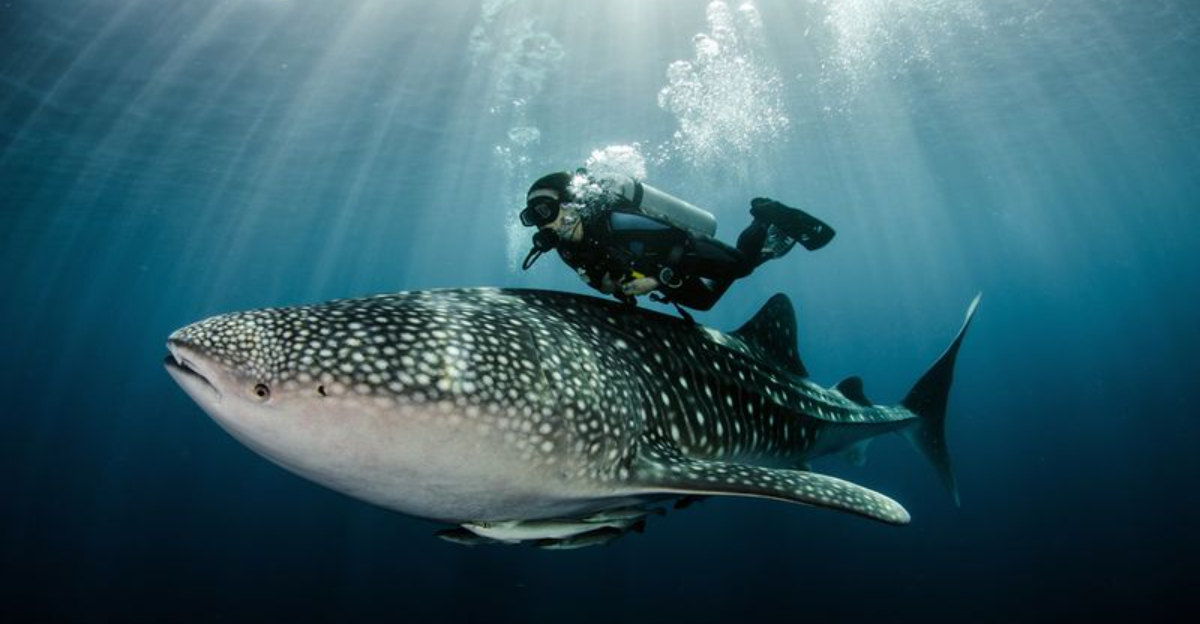
Ever wonder which giants rule the ocean depths or which tiny swimmers could fit in your palm? Our planet’s waters host fish of mind-boggling size diversity.
From bus-sized behemoths that could swallow you whole to minuscule marvels barely visible to the naked eye, these creatures showcase nature’s incredible range of aquatic designs.
1. Whale Shark – Ocean’s Gentle Giant

Imagine swimming alongside a spotted school bus! These filter-feeding colossi can reach 40 feet long yet feast exclusively on tiny plankton.
Despite their intimidating size, whale sharks pose zero threat to humans. Their docile nature makes them popular with brave snorkelers who seek out these slow-moving giants for unforgettable underwater encounters.
2. Basking Shark – The Gaping Swimmer
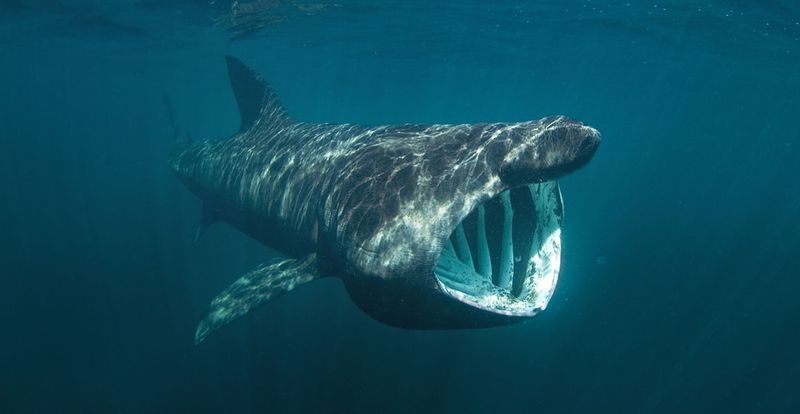
You’d be forgiven for mistaking this behemoth for a great white with its massive silhouette. Stretching up to 33 feet, these giants cruise with mouths wide open—sometimes three feet across!
Unlike their fearsome look-alikes, basking sharks filter-feed exclusively on plankton. Their enormous gill slits nearly encircle their heads, filtering thousands of gallons of seawater hourly.
3. Giant Oceanic Manta Ray – The Sea’s Winged Wonder
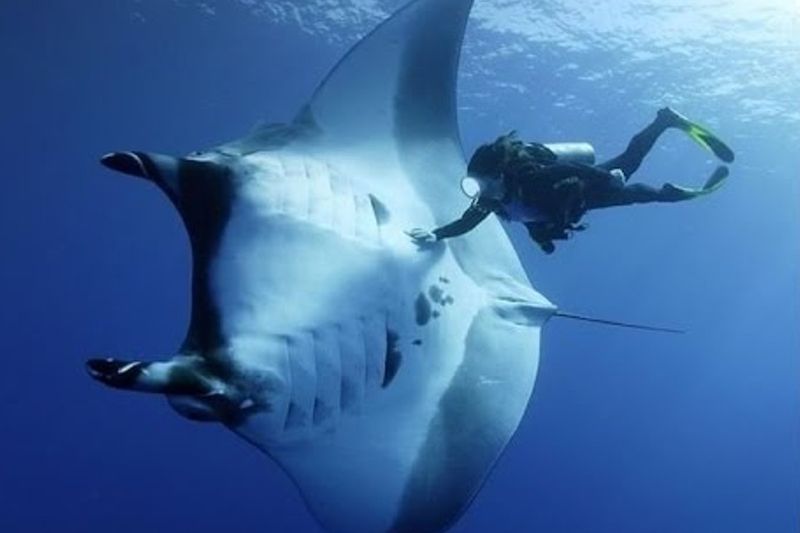
Graceful as a bird yet massive as a car, these underwater butterflies glide through tropical waters with wingspans reaching 23 feet. Their horn-shaped cephalic fins help funnel plankton into their mouths during feeding.
Despite weighing up to 3,000 pounds, mantas perform acrobatic somersaults and leaps, sometimes launching completely out of water. Scientists believe these jumps might serve as communication or parasite removal.
4. Ocean Sunfish – The Swimming Head
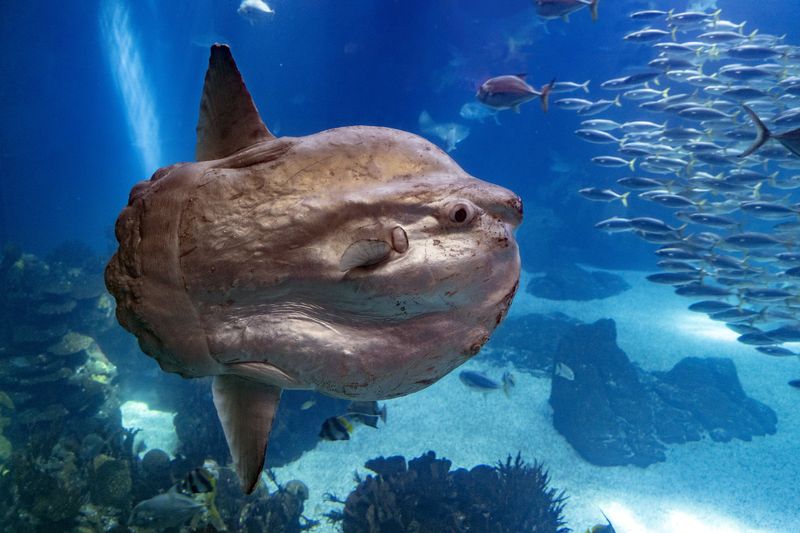
At first glance, these fish look like someone forgot to finish them! With their truncated appearance and tiny mouth permanently fixed in surprise, ocean sunfish are nature’s oddities.
Weighing up to 5,000 pounds but sporting comically small fins, they awkwardly flap to propel their disc-shaped bodies. Despite their clumsy appearance, they’re accomplished divers, plunging 2,000 feet deep hunting jellyfish.
5. Great White Shark – The Ocean’s Perfect Predator

Few creatures inspire such primal fear as these torpedo-shaped hunters with their dead eyes and triple rows of serrated teeth. Growing up to 20 feet long, great whites detect blood from miles away.
Contrary to their man-eating reputation, humans aren’t on their preferred menu. They’re actually picky eaters, often taking exploratory bites before deciding whether to continue feeding—small comfort if you’re the one being “sampled.”
6. Beluga Sturgeon – Living Fossil of the Deep

Fancy a $30,000 snack? The eggs of these prehistoric-looking giants produce the world’s most expensive caviar. Found primarily in the Caspian Sea, belugas can grow to 24 feet long.
These armored ancients have been swimming Earth’s waters since dinosaurs roamed, virtually unchanged for 200 million years. Unfortunately, their valuable roe has made them critically endangered, with poaching driving populations to the brink.
7. Giant Grouper – The Reef’s Grumpy Guardian
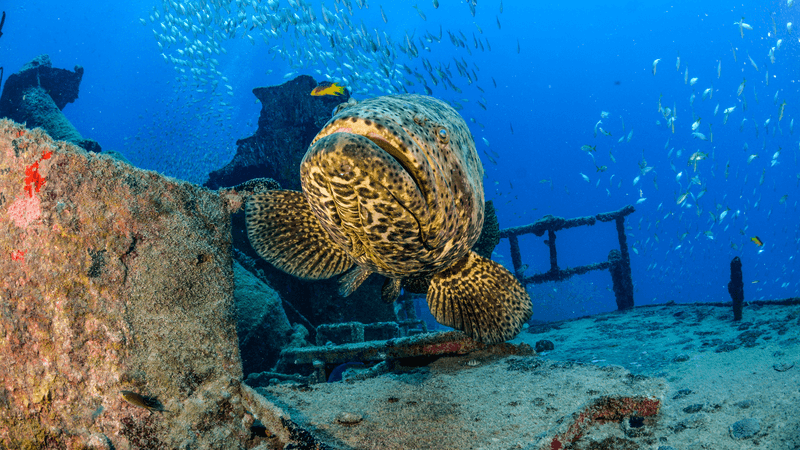
Looking like they’ve swallowed a small car, these grouchy-faced fish can weigh over 800 pounds. Their cavernous mouths create powerful suction that can inhale prey in milliseconds.
Patient ambush predators, they lurk among reef crevices with remarkable camouflage abilities. Though typically slow-moving, they explode with surprising speed when hunting, engulfing everything from fish to small sharks in one gulp.
8. Sharptail Mola – The Ocean’s Forgotten Giant
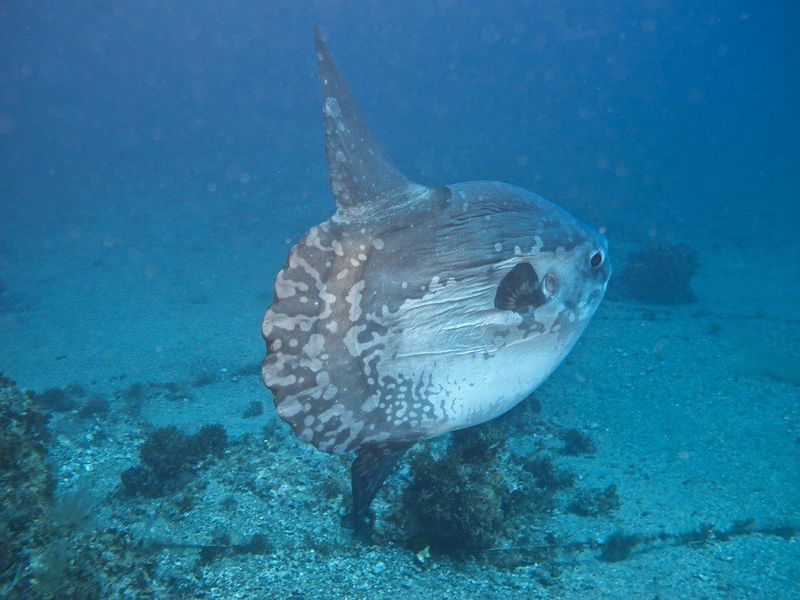
Less famous than its sunfish cousin but equally bizarre, the sharptail mola sports a tapered rear end instead of the sunfish’s truncated appearance. These elusive giants can reach 11 feet and weigh over 1,000 pounds.
Scientists know surprisingly little about these ocean drifters. Their peculiar body shape makes them slow swimmers, likely relying on ocean currents for long-distance travel while feeding primarily on jellyfish and squid.
9. Bluefin Tuna – The Swimming Torpedo

Worth more than their weight in gold—literally! A single bluefin once sold for $3.1 million in Japan. These streamlined speedsters can reach 15 feet long and weigh 1,500 pounds.
Built for performance, they maintain body temperatures higher than surrounding water through a unique circulatory system. This warm-blooded advantage lets them sprint at 40 mph and migrate thousands of miles across oceans annually.
10. Paedocypris – Tiny Forest Pool Dweller
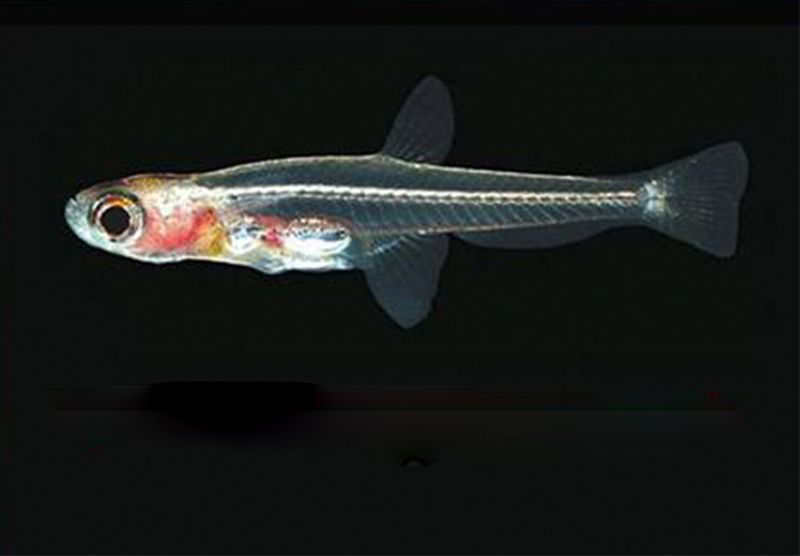
Smaller than your fingernail! At just 7.9mm long, these minuscule marvels hold the title of world’s smallest fish. Native to Indonesian peat swamps, they thrive in highly acidic waters that would kill most aquatic life.
Despite their diminutive size, they’re actually distant relatives of carp. Their transparent bodies and simplified skeletons represent extreme adaptations to their harsh environment, where staying tiny means surviving on minimal resources.
11. Dwarf Pygmy Goby – The Reef’s Micro Resident
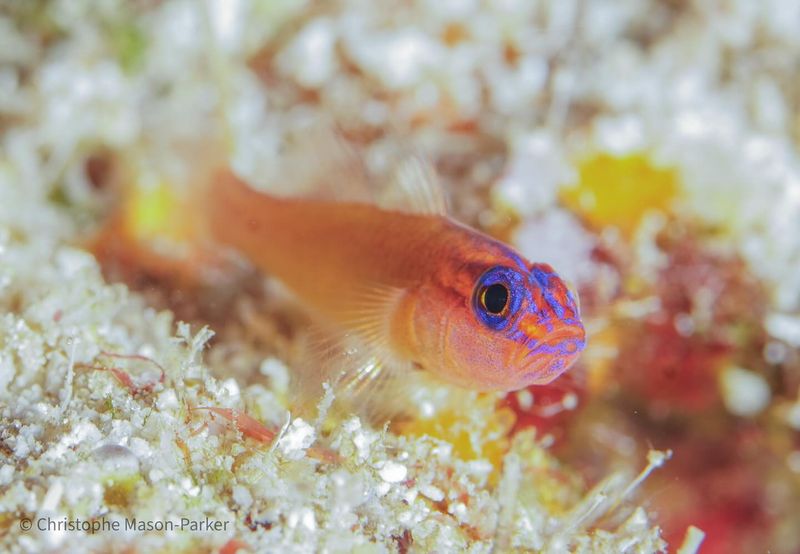
Barely larger than a grain of rice at 9mm, these colorful specks dart among coral crevices of Pacific reefs. Their entire lifespan unfolds in just 8 weeks—one of the shortest among vertebrates.
What they lack in size, they make up for in personality. Males fiercely defend territories smaller than a coin and perform elaborate dances to attract mates. Their rapid life cycle makes them perfect subjects for studying vertebrate development.
12. Photocorynus Spiniceps – The Parasitic Micro-Male
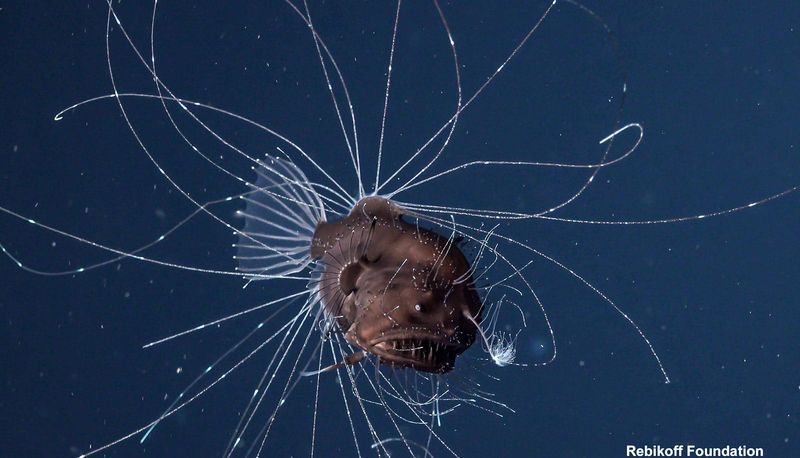
Talk about relationship issues! The males of this deep-sea anglerfish species permanently fuse to females 25 times their size. At just 6.2-7.3mm, mature males are essentially parasitic appendages.
Once attached, the male’s body degenerates until he’s little more than a sperm-producing attachment. Females can host multiple males simultaneously. This bizarre reproductive strategy ensures survival in the deep ocean where finding a mate is nearly impossible.






